Pan-Fried Pork Chops with Mashed Potatoes and Green Beans
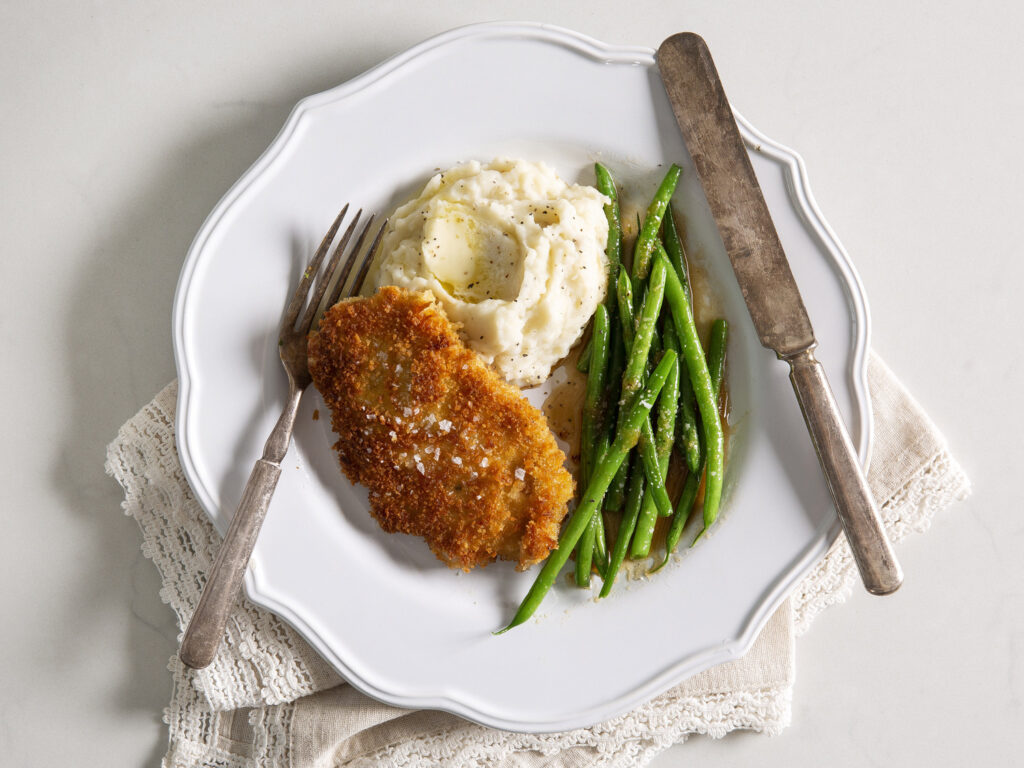 Pan-Fried Pork Chops with Mashed Potatoes and Green Beans
Pan-Fried Pork Chops with Mashed Potatoes and Green Beans
4 T. butter, divided
6 pork rib chops
11⁄4 tsp. salt, divided
11⁄4 tsp. pepper, divided
1⁄4 cup chopped onion
3⁄4 cup chicken broth
1 T. Dijon mustard
1⁄4 cup chopped fresh chives, divided
2 T. chopped fresh parsley, divided
2 lb Yukon gold potatoes, peeled and cubed
1⁄2 cup whole milk
1 lb fresh green beans, trimmed
2 tsp. minced garlic
For Pork Chops: Melt 1 T. butter in a large nonstick skillet over medium heat. Season pork chops evenly with 1⁄2 tsp. salt and 1⁄2 tsp. pepper. Add pork chops to skillet; cook 7 minutes per side or until done. Remove pork chops from pan, and keep warm. Add onion to pan; cook 3 minutes or until tender. Add broth. Bring to a boil, and cook 3 minutes or until reduced to about 1⁄2 cup. Stir in mustard, 1 T. chives, 1 T. parsley and 1⁄4 tsp. pepper. For Potatoes: Place potatoes in a large saucepan; add water to cover. Bring to a boil; simmer 10 minutes or until tender. Drain. Return potatoes to pan. Add milk, 2 T. butter, 3 T. chives, 1 T. parsley, 1⁄2 tsp. salt and 1⁄4 tsp. pepper; mash. For Green Beans: Melt remaining 1 T. butter in a large skillet over medium-high heat. Add green beans, garlic, 1⁄4 tsp. salt and 1⁄4 tsp. pepper. Sauté 5 to 7 minutes or until tender.
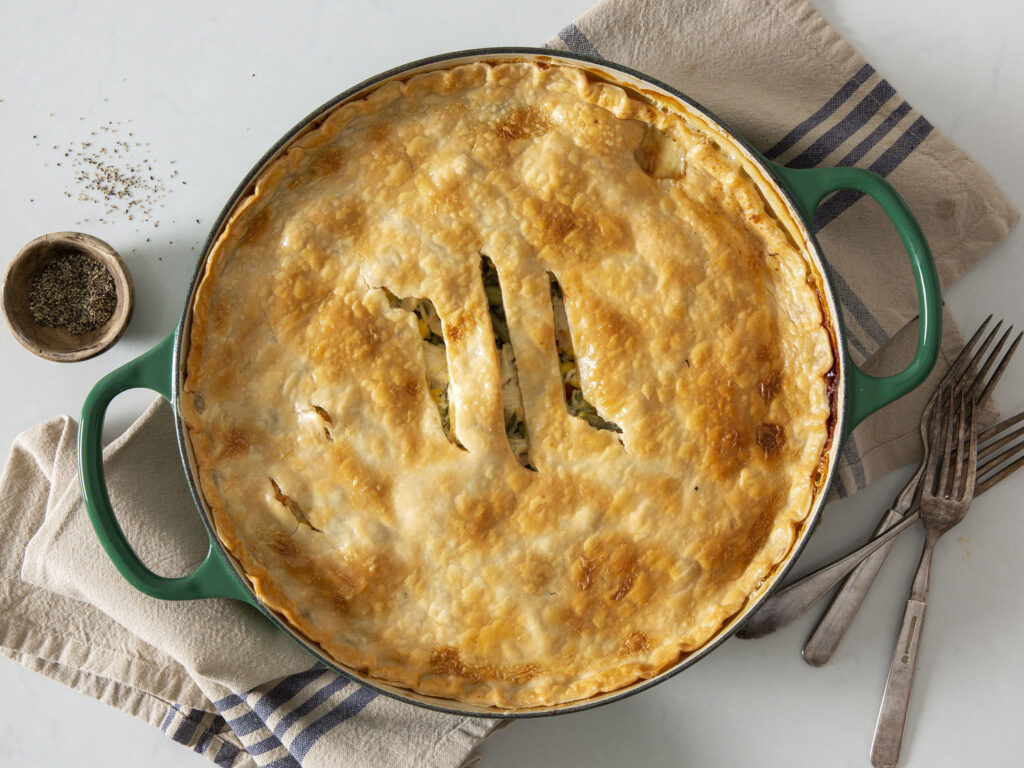 Chicken Pot Pie
Chicken Pot Pie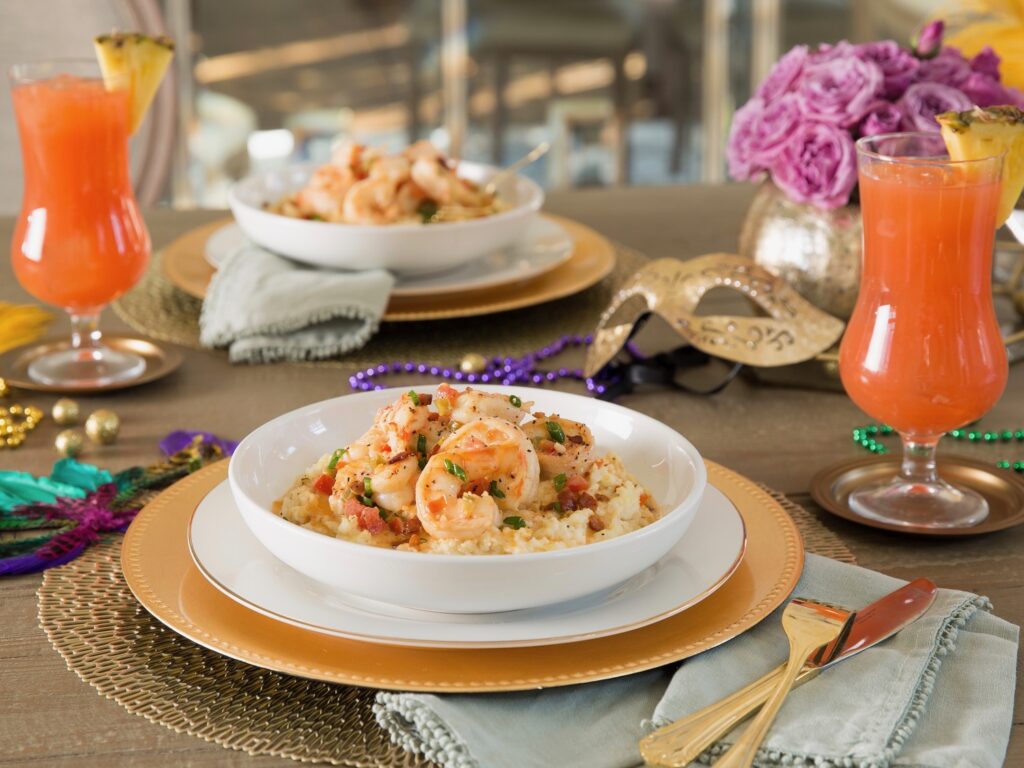
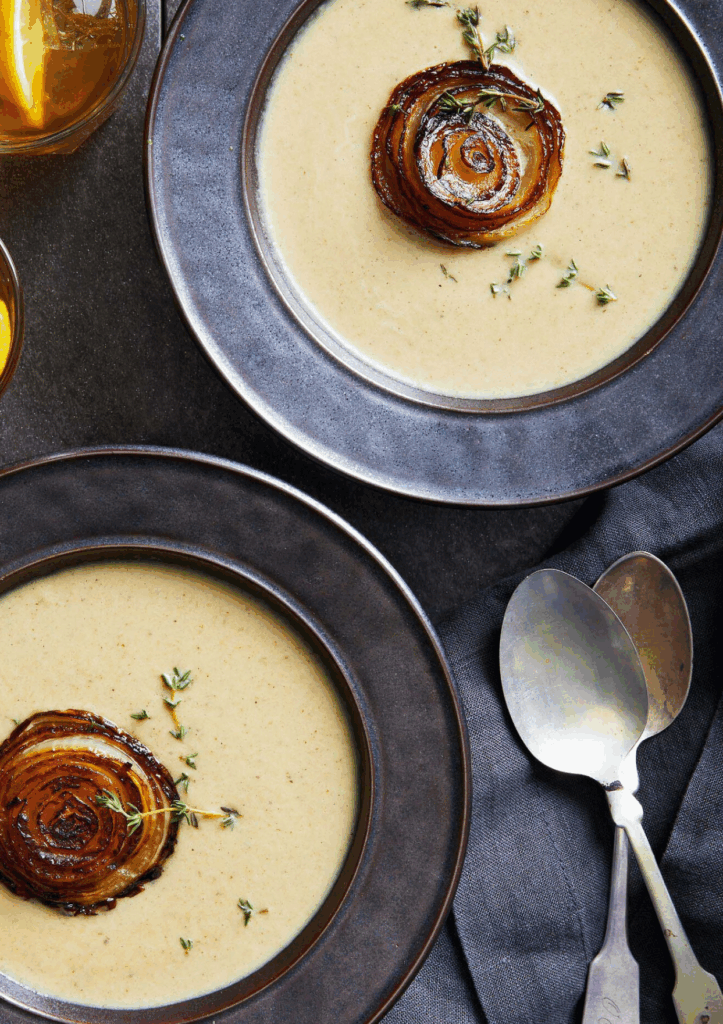
 Creamy Baked Macaroni and Cheese
Creamy Baked Macaroni and Cheese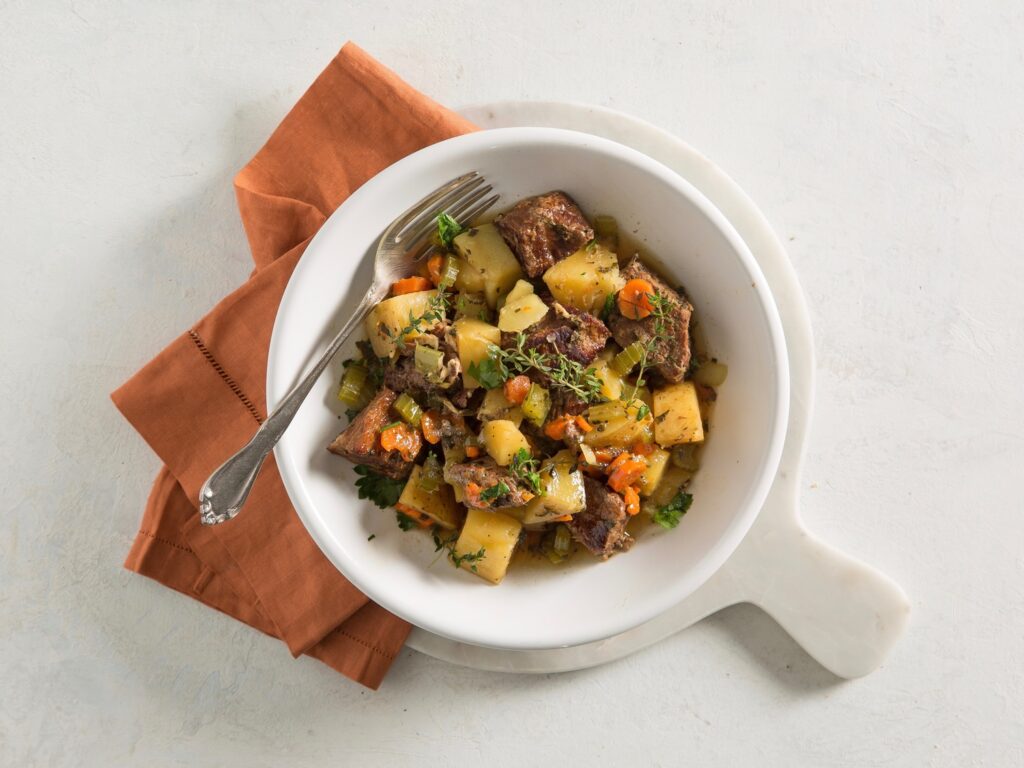 Garlic-and-Herb Beef Roast and Potatoes
Garlic-and-Herb Beef Roast and Potatoes Dark Chocolate Cake
Dark Chocolate Cake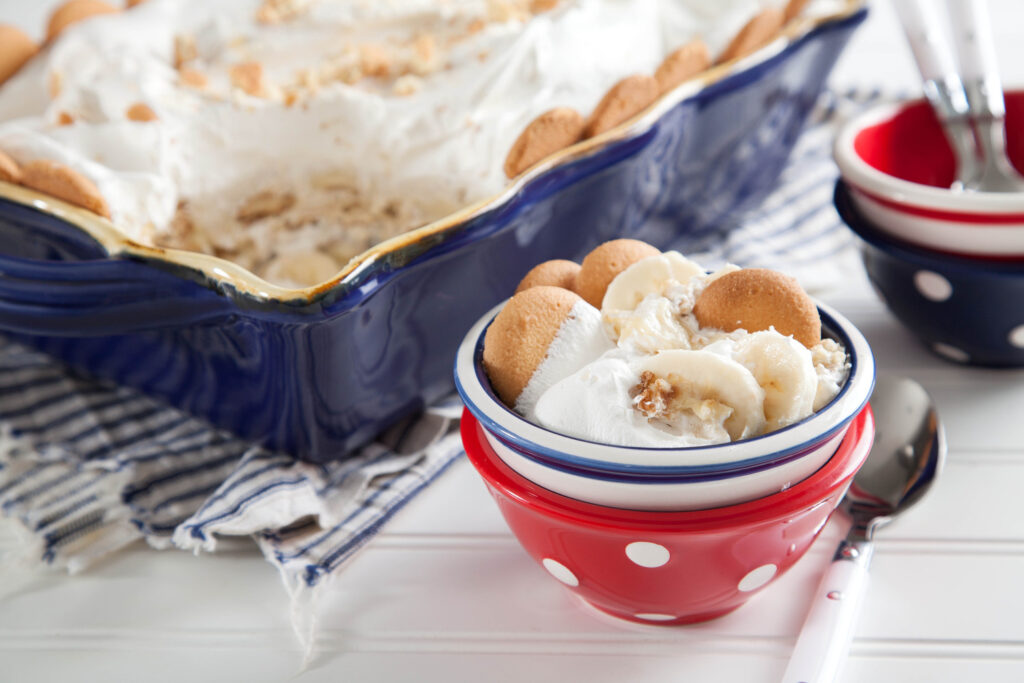 Rich and Creamy Banana Pudding
Rich and Creamy Banana Pudding Orange Muffins with Orange Glaze
Orange Muffins with Orange Glaze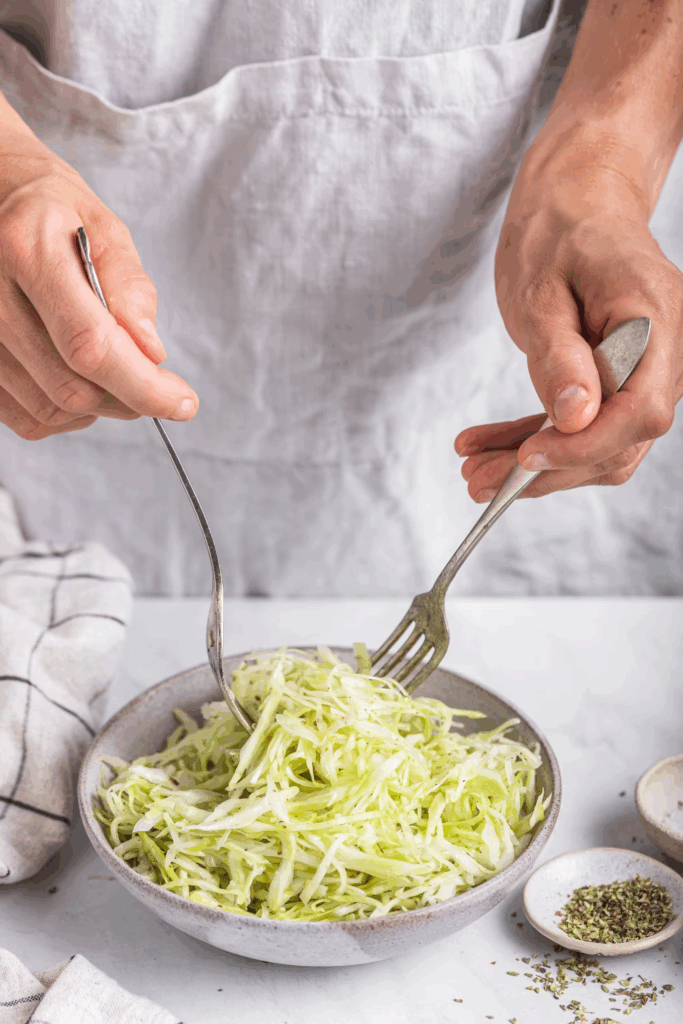 Shredded Cabbage Salad
Shredded Cabbage Salad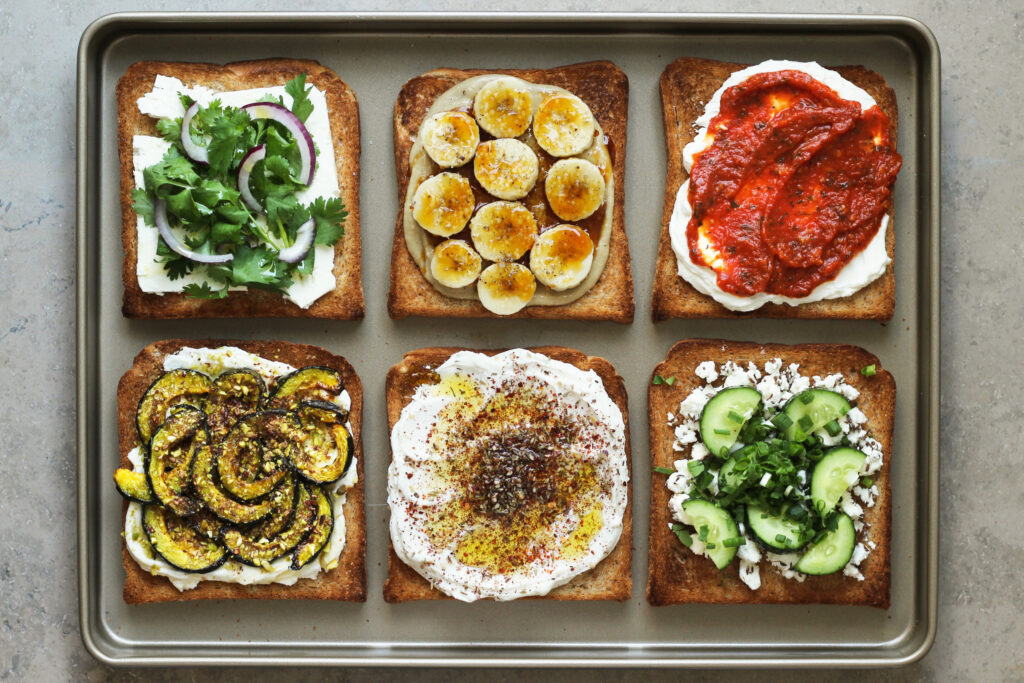
 Everything but the Bagel Omelet
Everything but the Bagel Omelet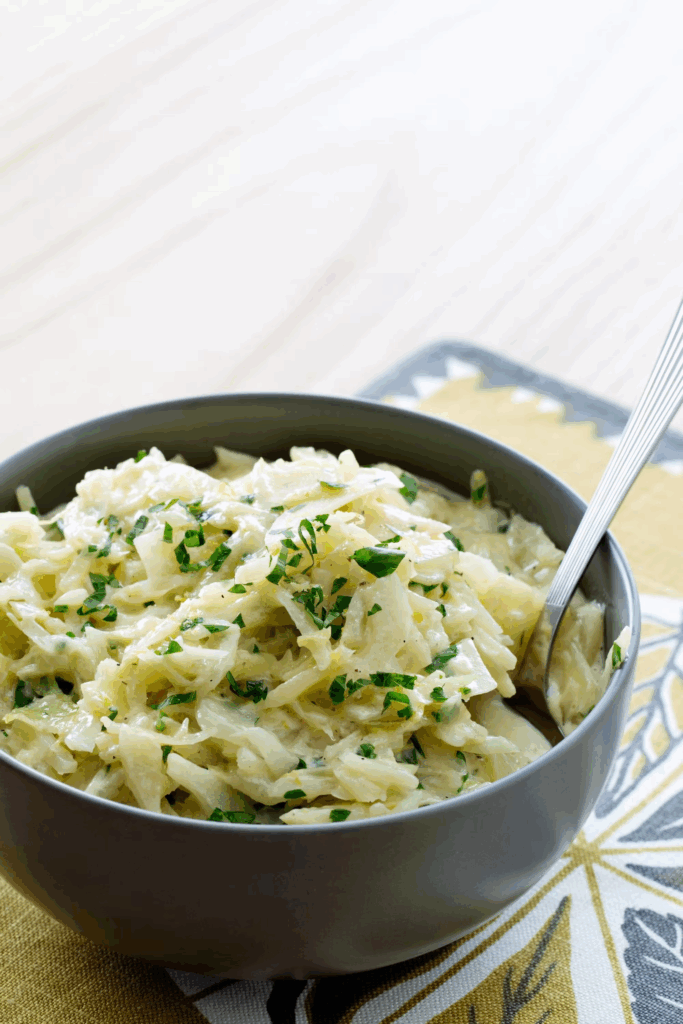 Creamed Green Cabbage
Creamed Green Cabbage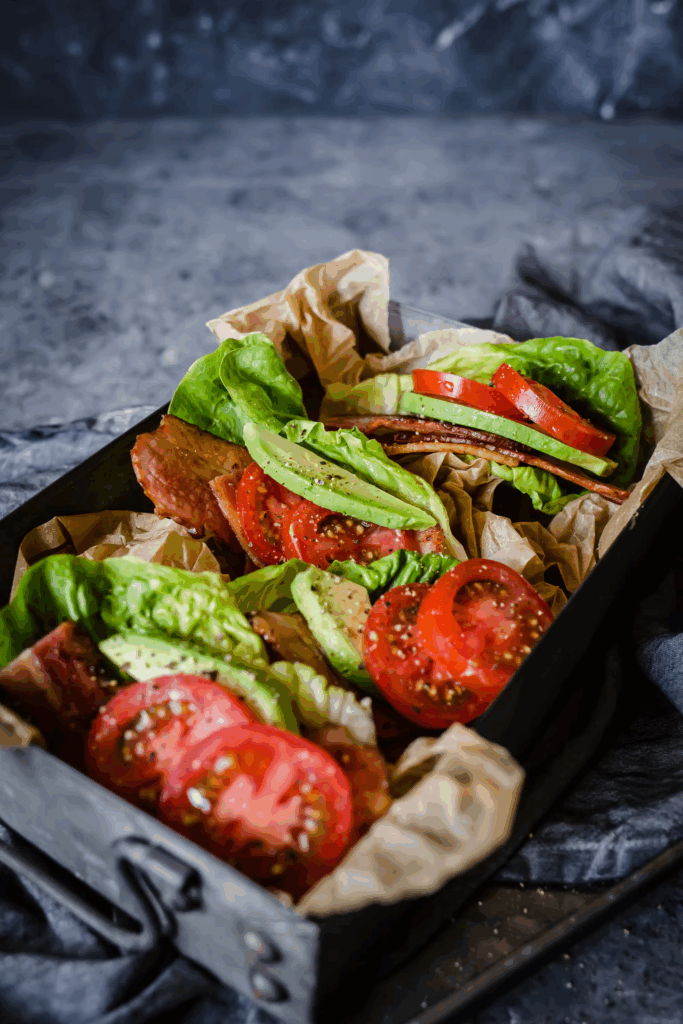 BLTA Lettuce Wraps
BLTA Lettuce Wraps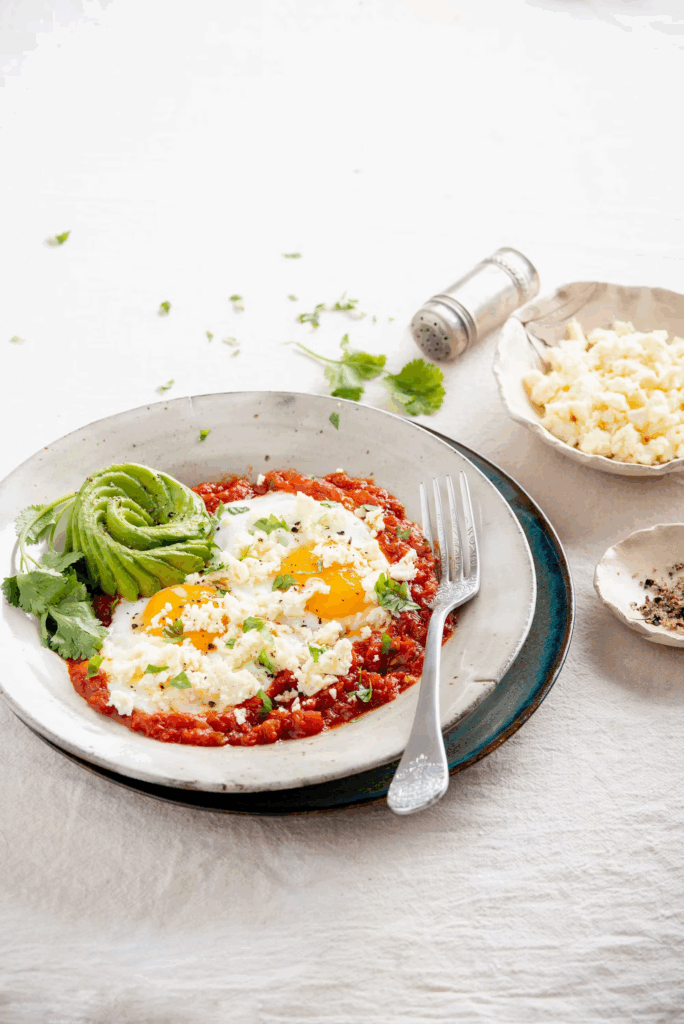 Low Carb Huevos Rancheros
Low Carb Huevos Rancheros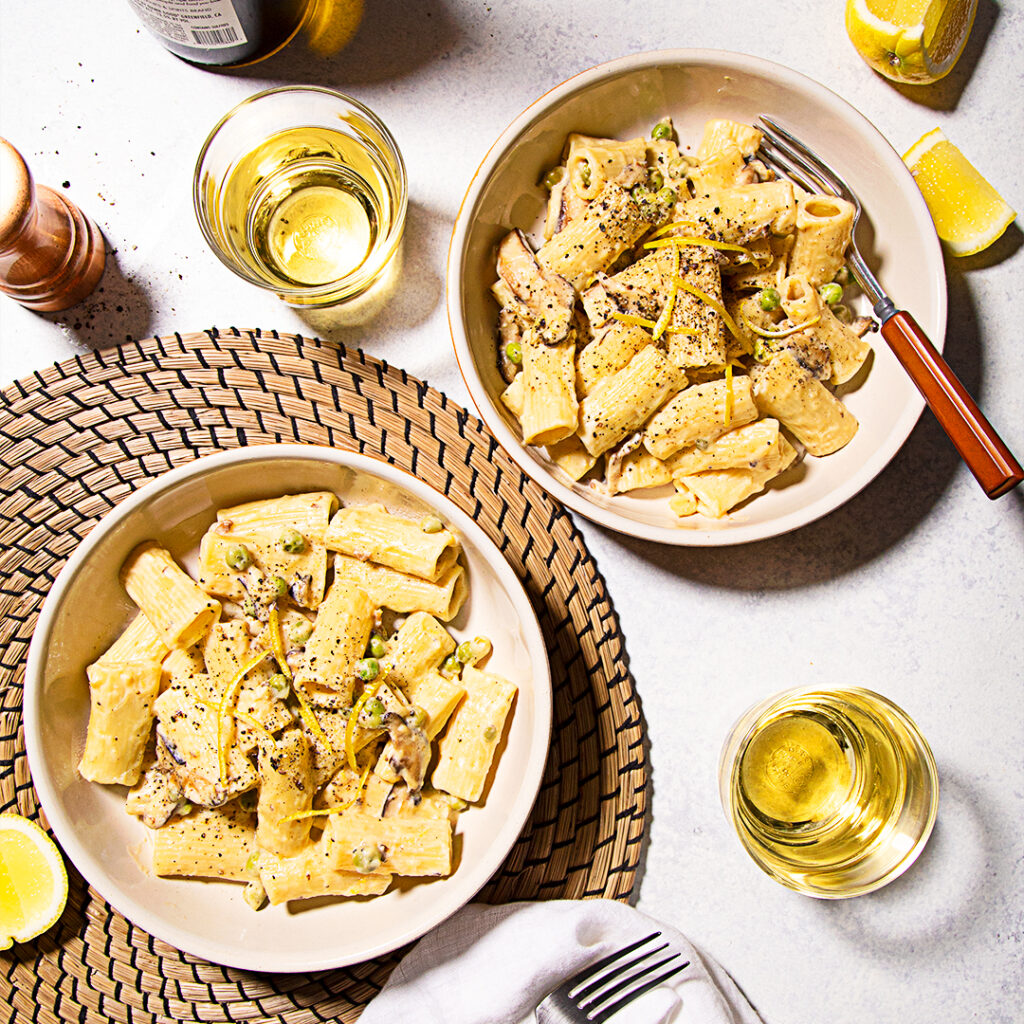 One Pot Lemony Rigatoni Alfredo with Mushrooms and Peas
One Pot Lemony Rigatoni Alfredo with Mushrooms and Peas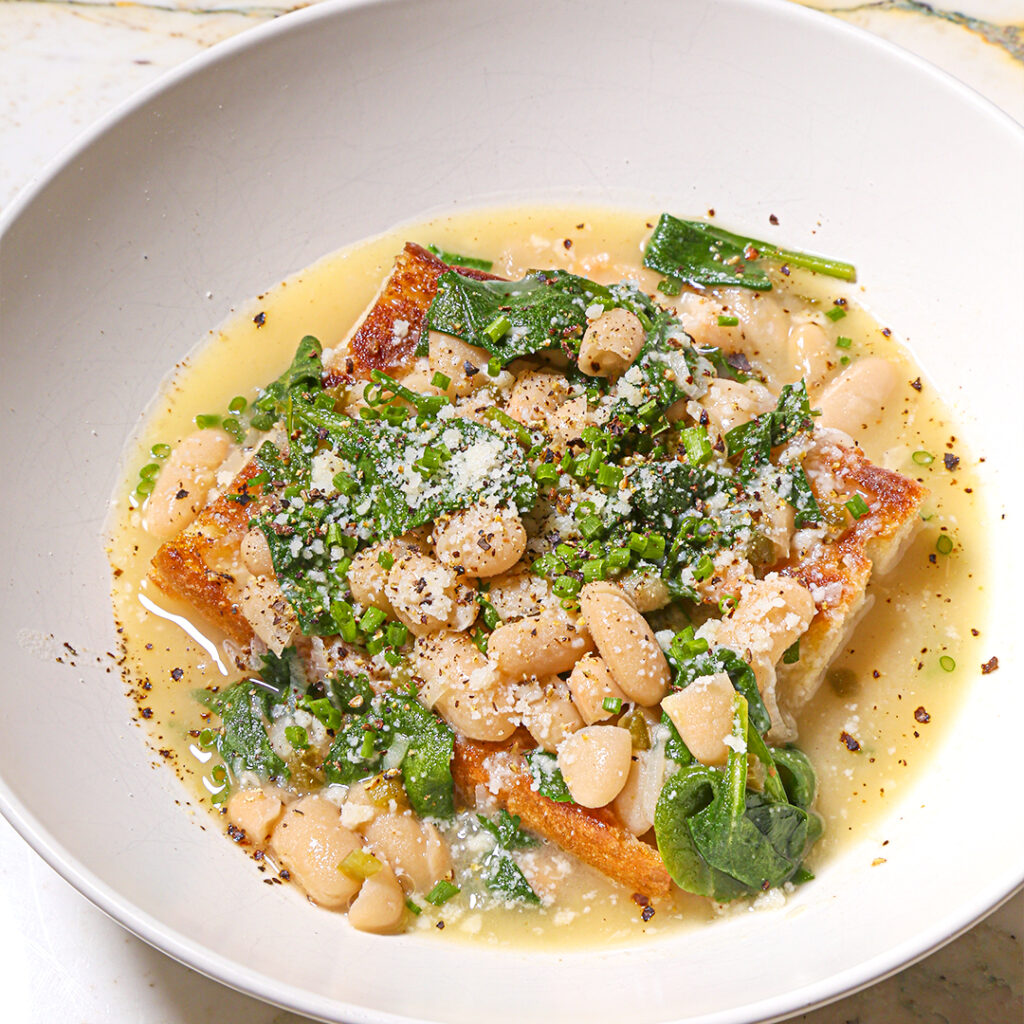 A Brothy Bean Dinner
A Brothy Bean Dinner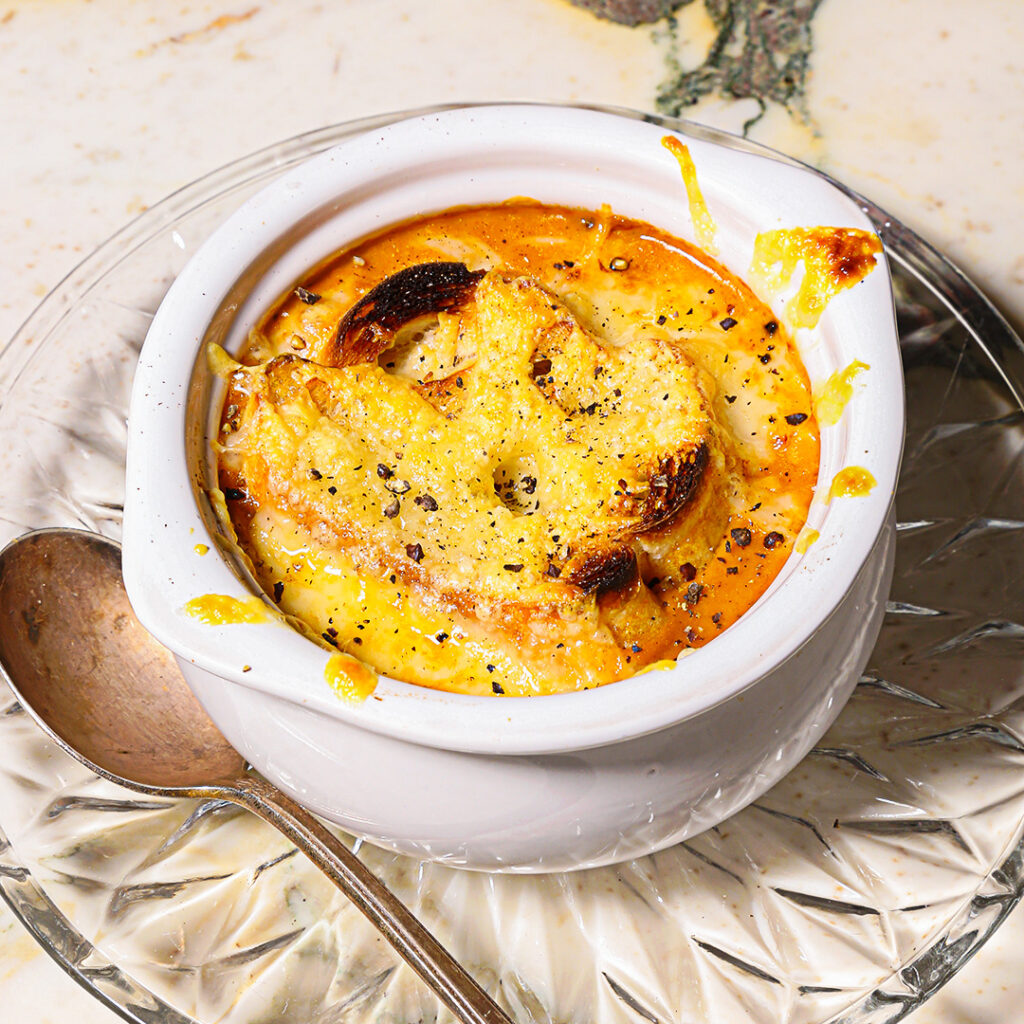 Roasted French Onion Tomato Soup
Roasted French Onion Tomato Soup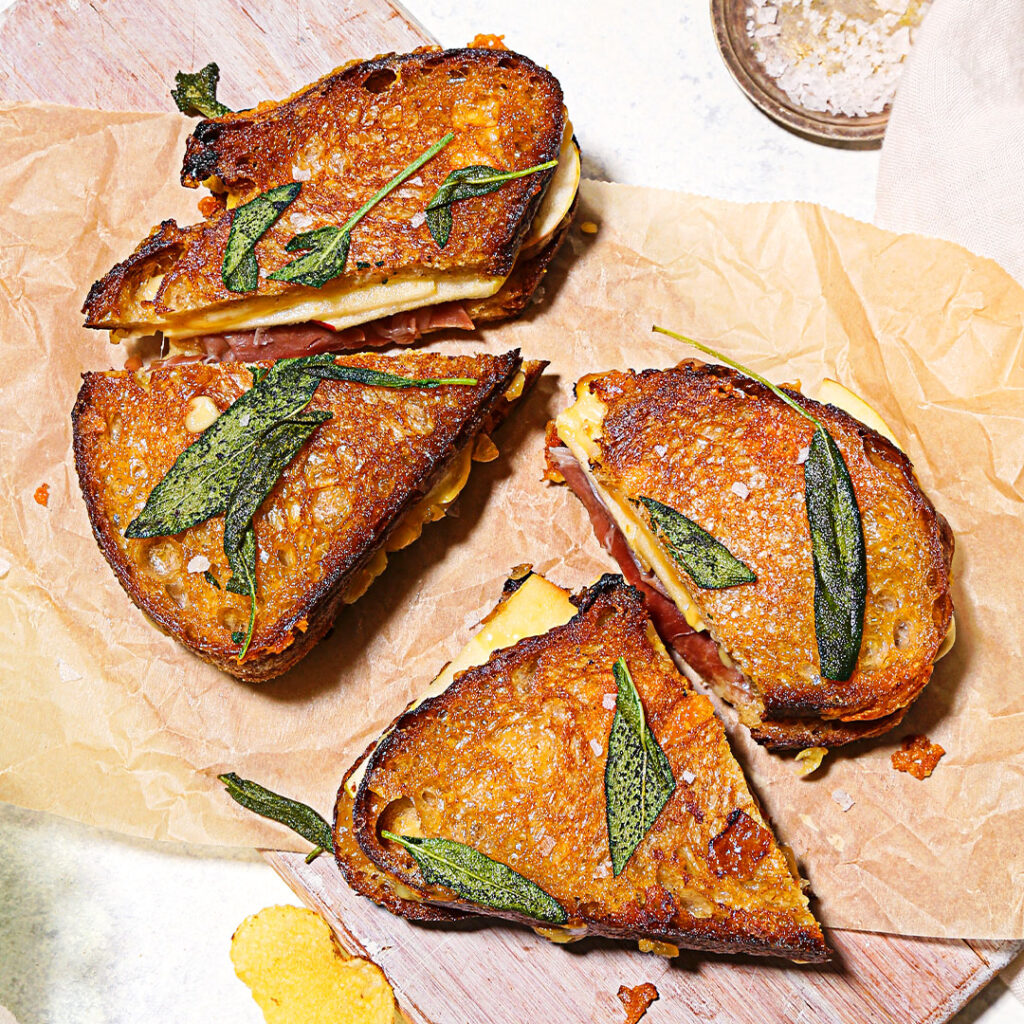 Caramelized Onion and Apple Grilled Cheese
Caramelized Onion and Apple Grilled Cheese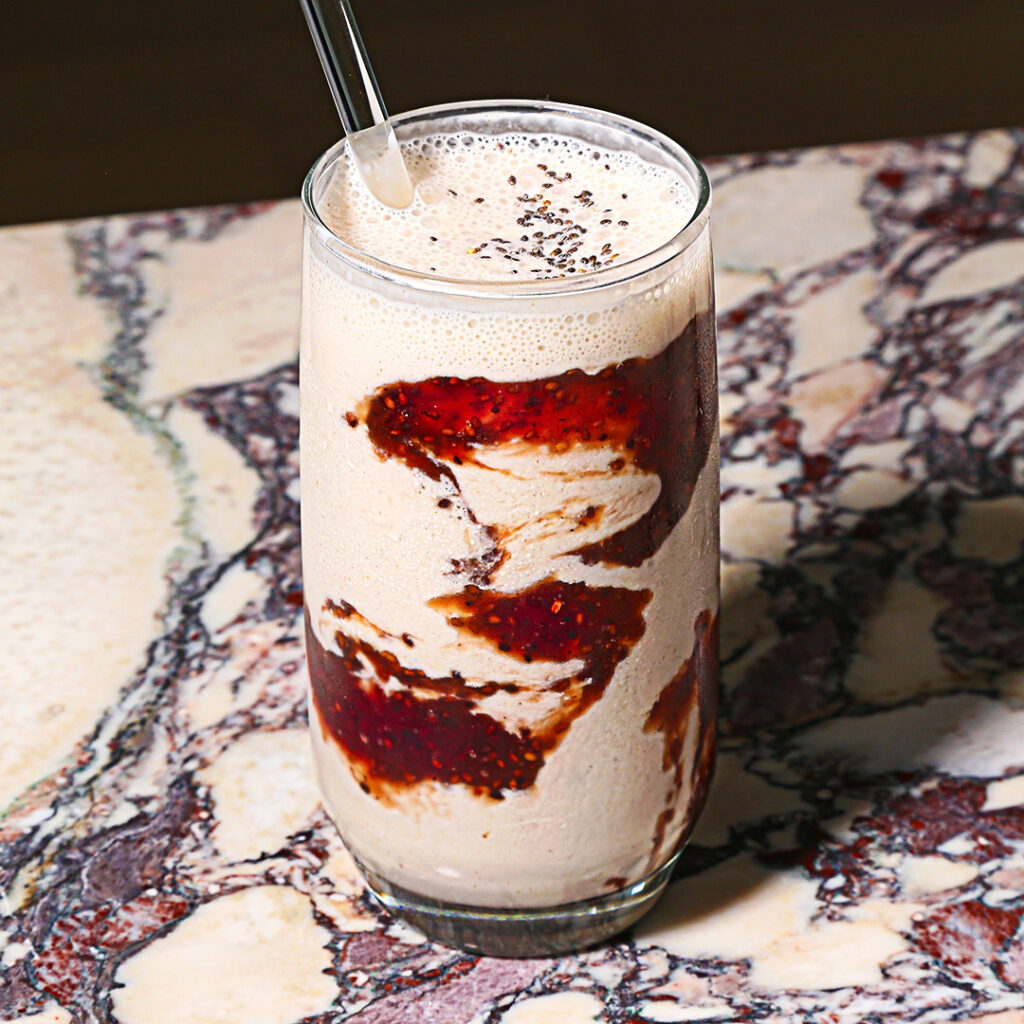 Tahini-Cherry Swirl Smoothie
Tahini-Cherry Swirl Smoothie Bobby Flay’s Colcannon with Cabbage, Scallions, and Bacon Butter
Bobby Flay’s Colcannon with Cabbage, Scallions, and Bacon Butter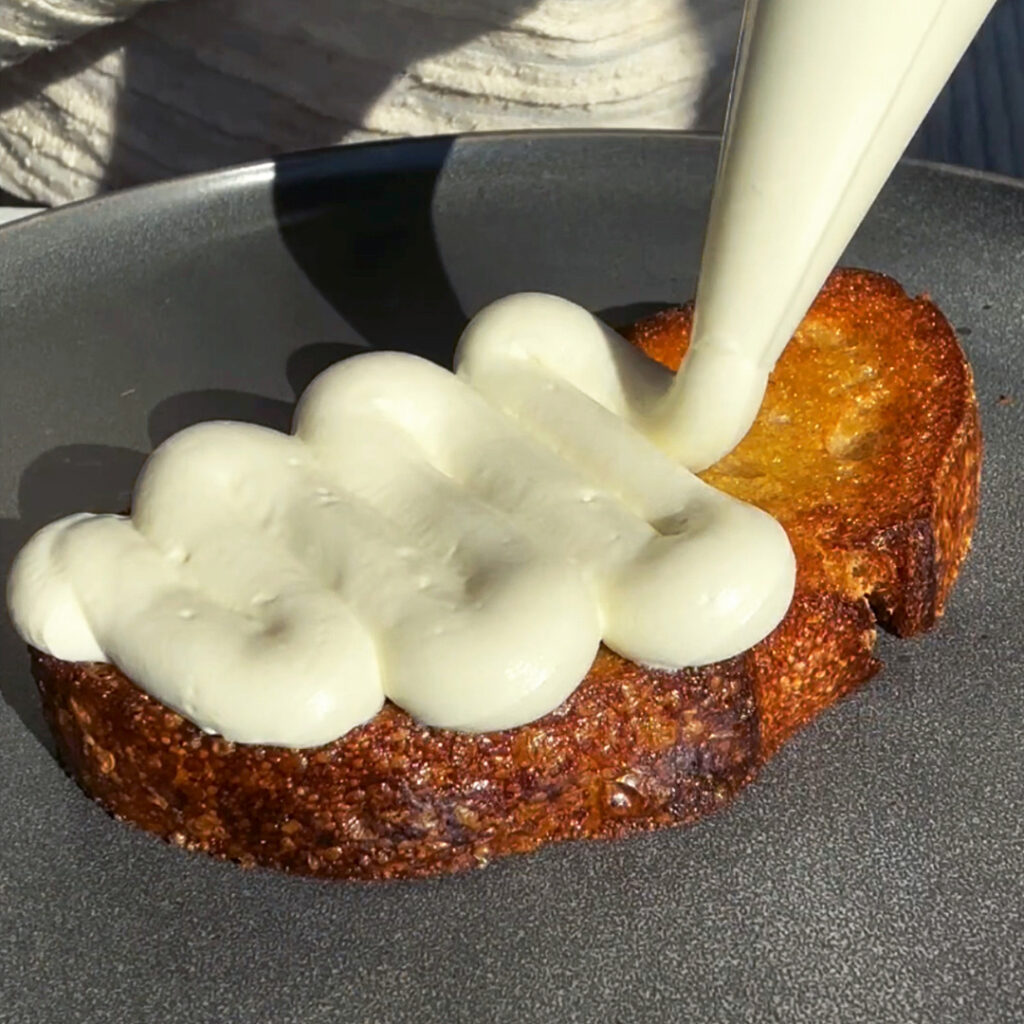 Whipped Ricotta Toast with Jam
Whipped Ricotta Toast with Jam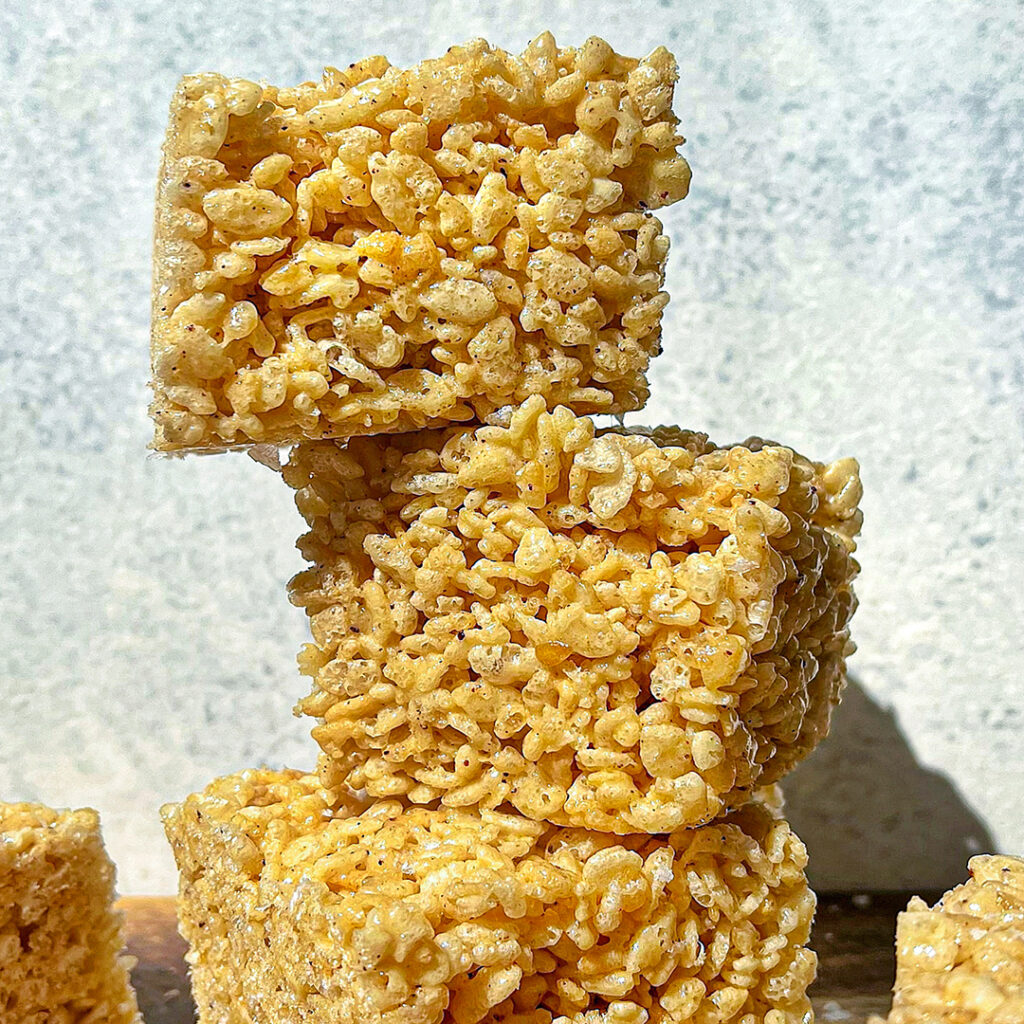 Salted Brown Butter Rice Cereal Treats
Salted Brown Butter Rice Cereal Treats Blackberry-Lemon Icebox Cake
Blackberry-Lemon Icebox Cake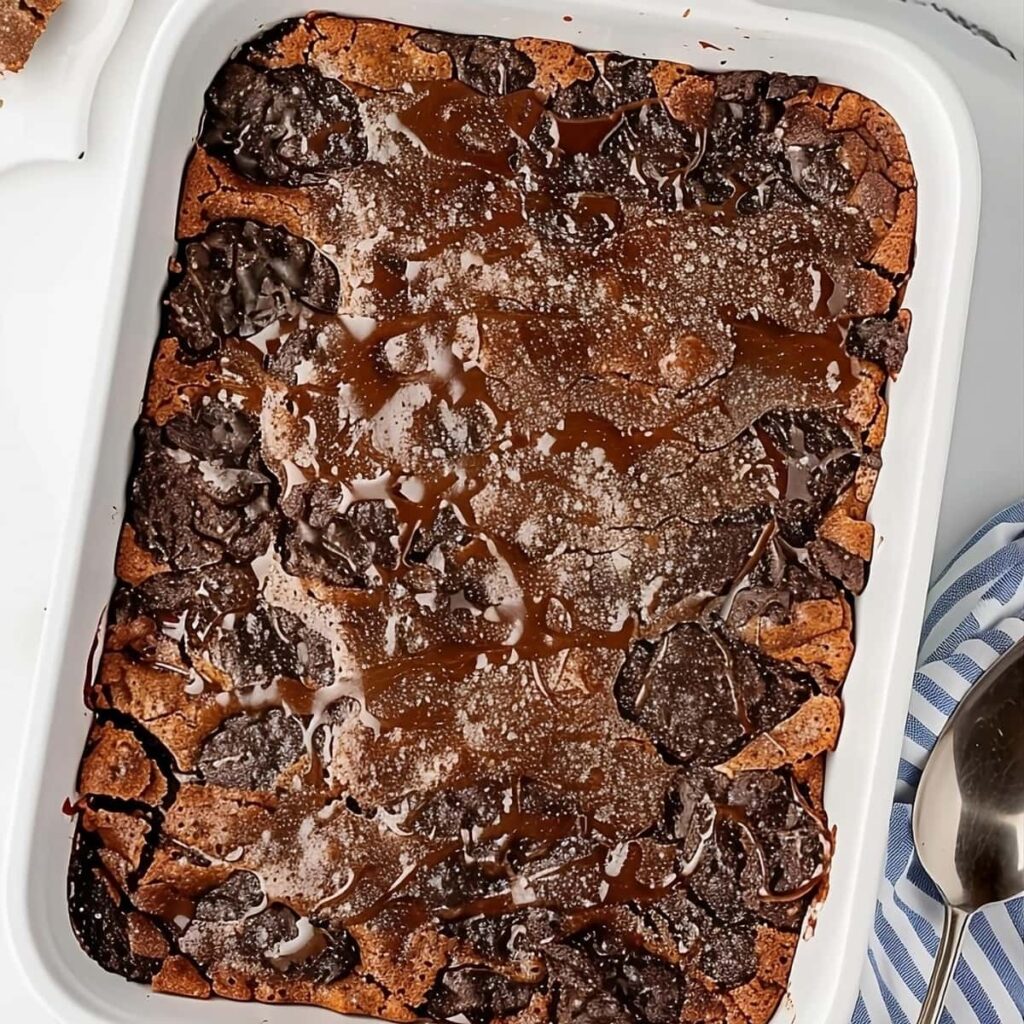 Oreo Dump Cake
Oreo Dump Cake Maple Bacon Crack
Maple Bacon Crack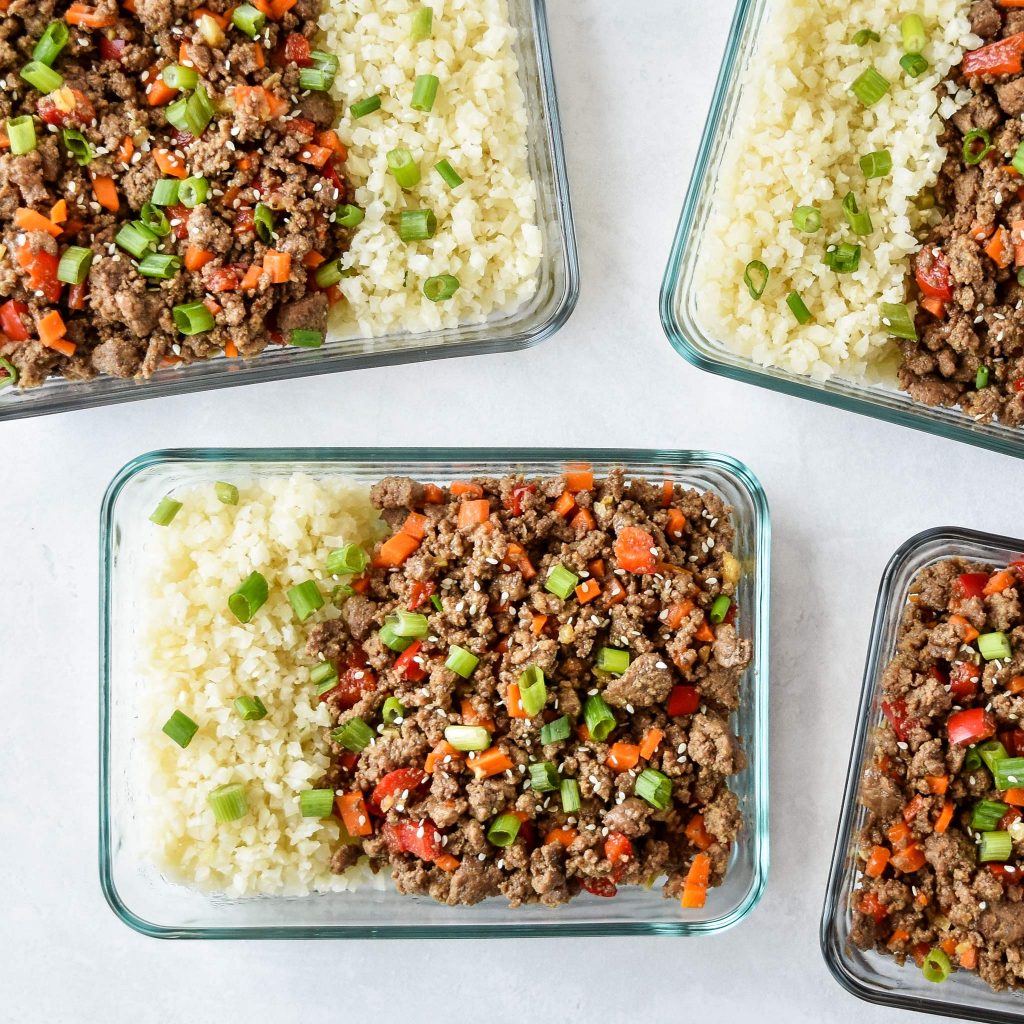 Meal Prep Ginger Ground Beef Bowls
Meal Prep Ginger Ground Beef Bowls Stuffed Pepper Soup
Stuffed Pepper Soup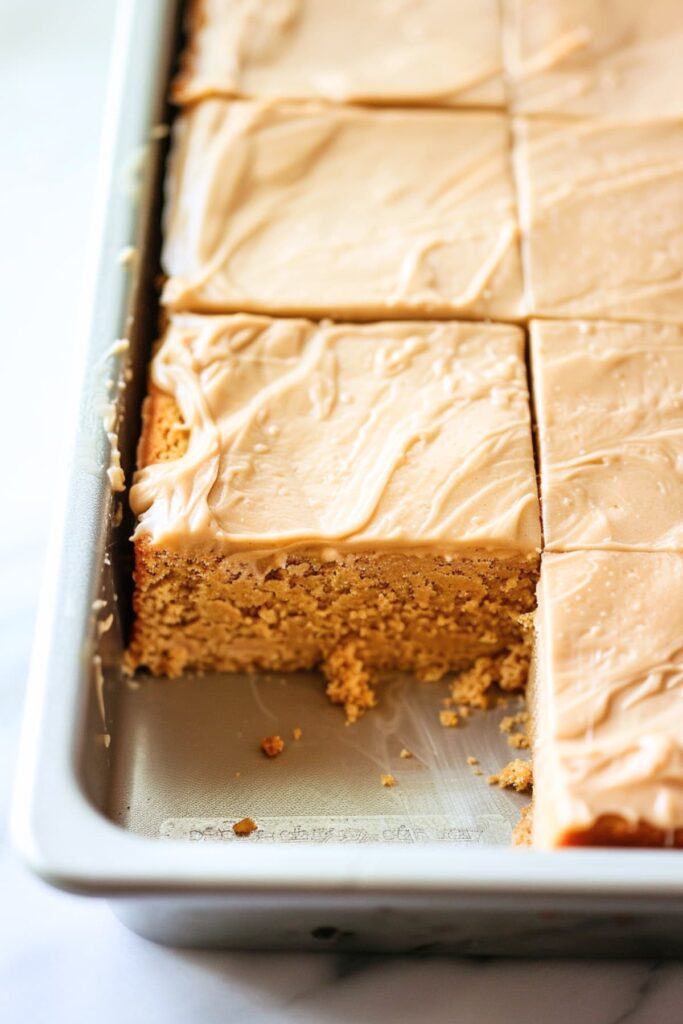 Peanut Butter Sheet Cake
Peanut Butter Sheet Cake Creamy Garlic Chicken Spanakopita Skillet
Creamy Garlic Chicken Spanakopita Skillet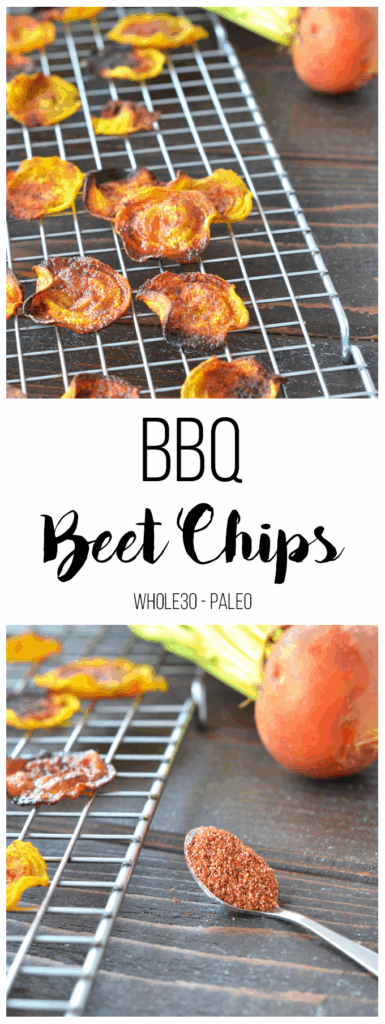 BBQ Beet Chips
BBQ Beet Chips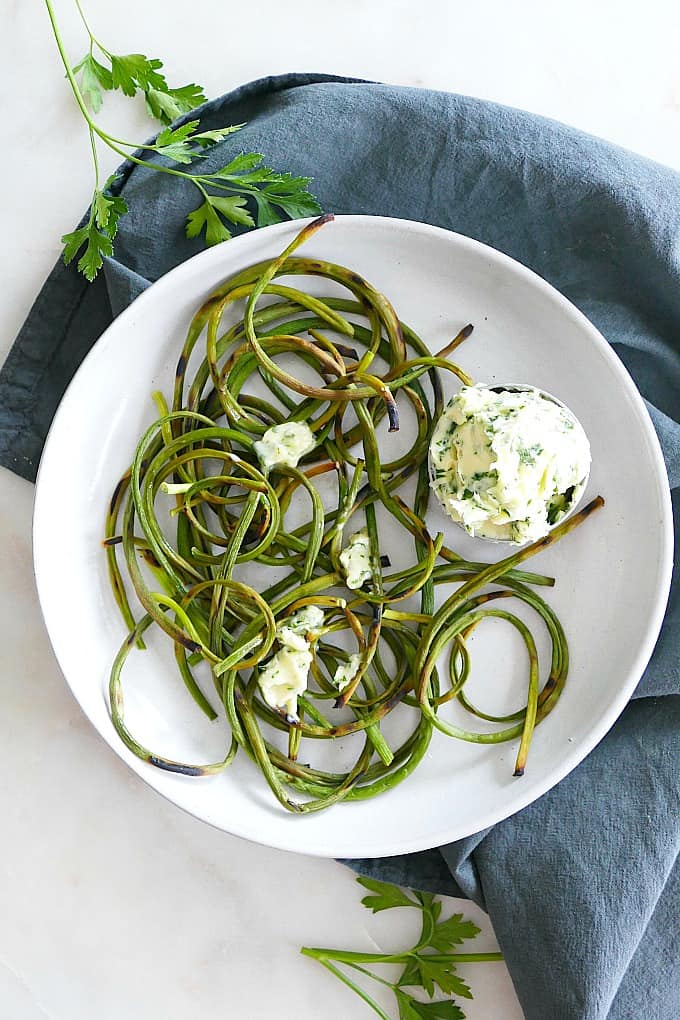 Charred Garlic Scapes with Parsley Butter
Charred Garlic Scapes with Parsley Butter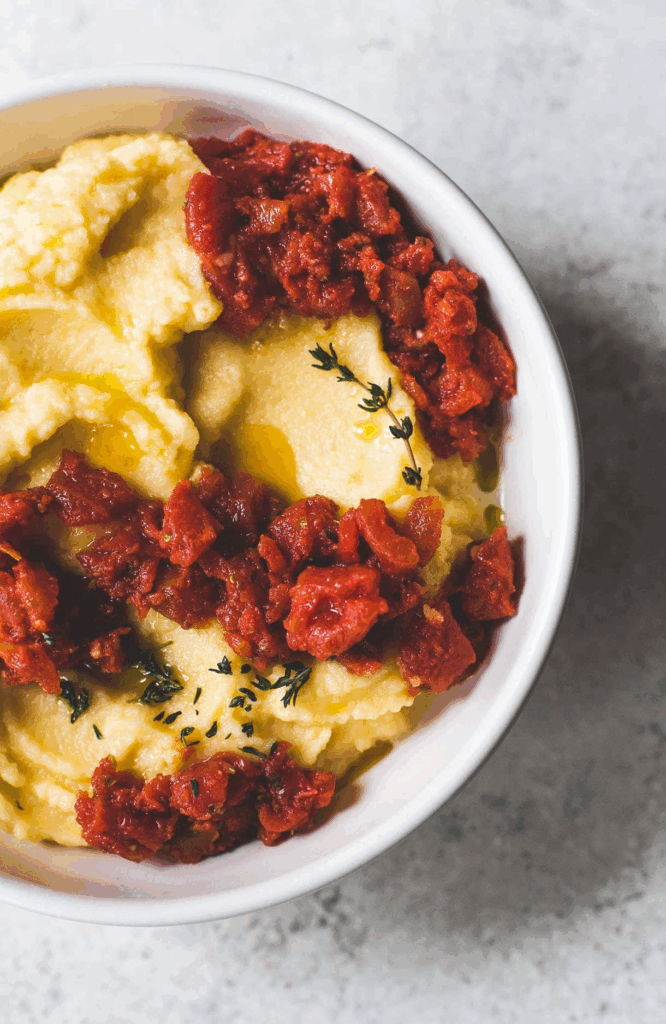 Fluffy Mashed Rutabaga with Quick Tomato Confit
Fluffy Mashed Rutabaga with Quick Tomato Confit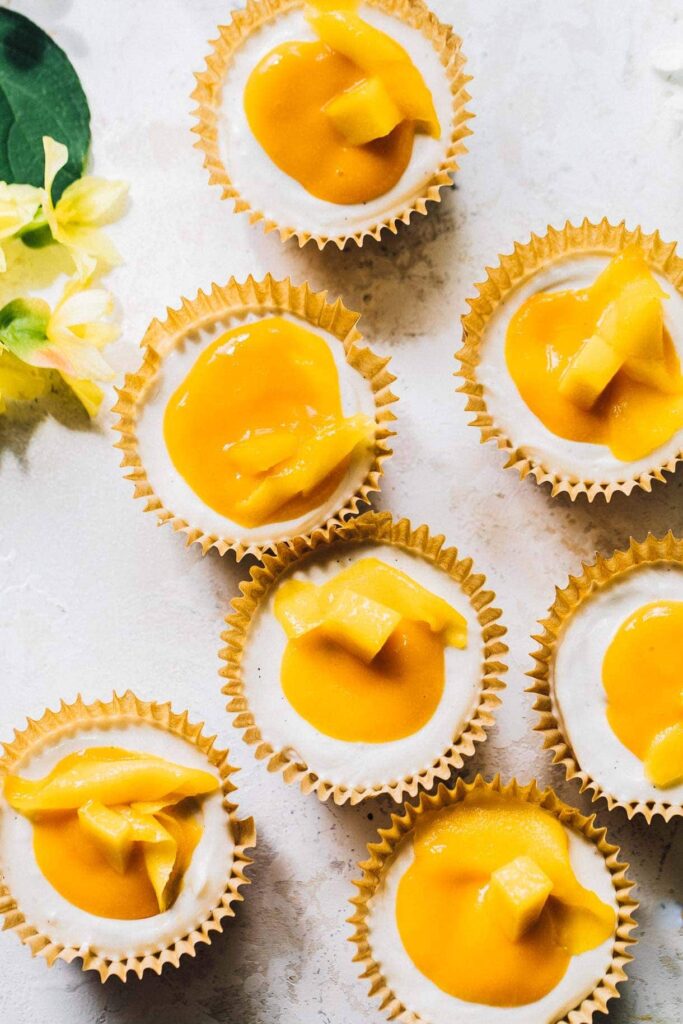 No-Bake Coconut Mango Cheesecake Bites
No-Bake Coconut Mango Cheesecake Bites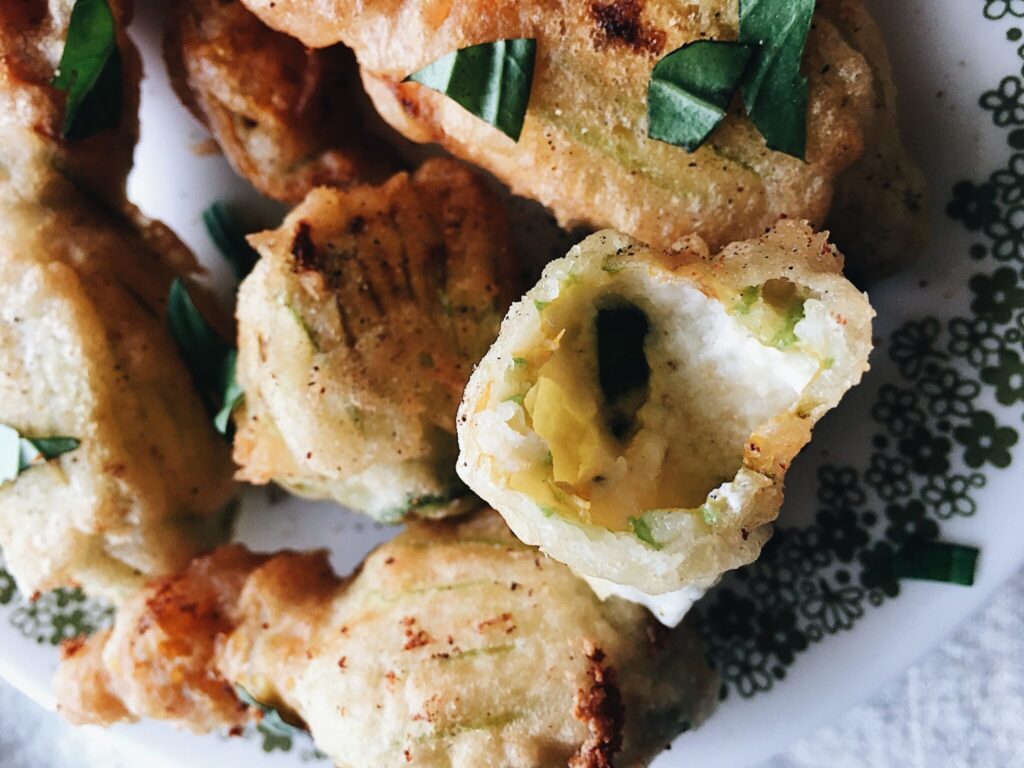
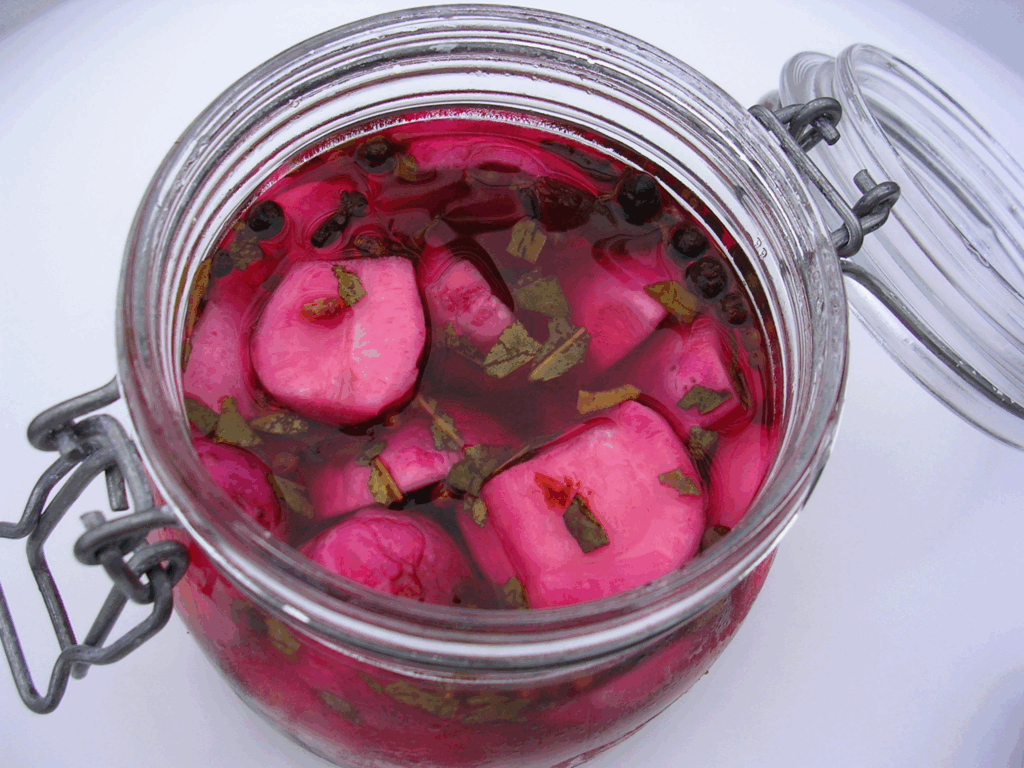 Pickled Sweet-and-Sour Radishes
Pickled Sweet-and-Sour Radishes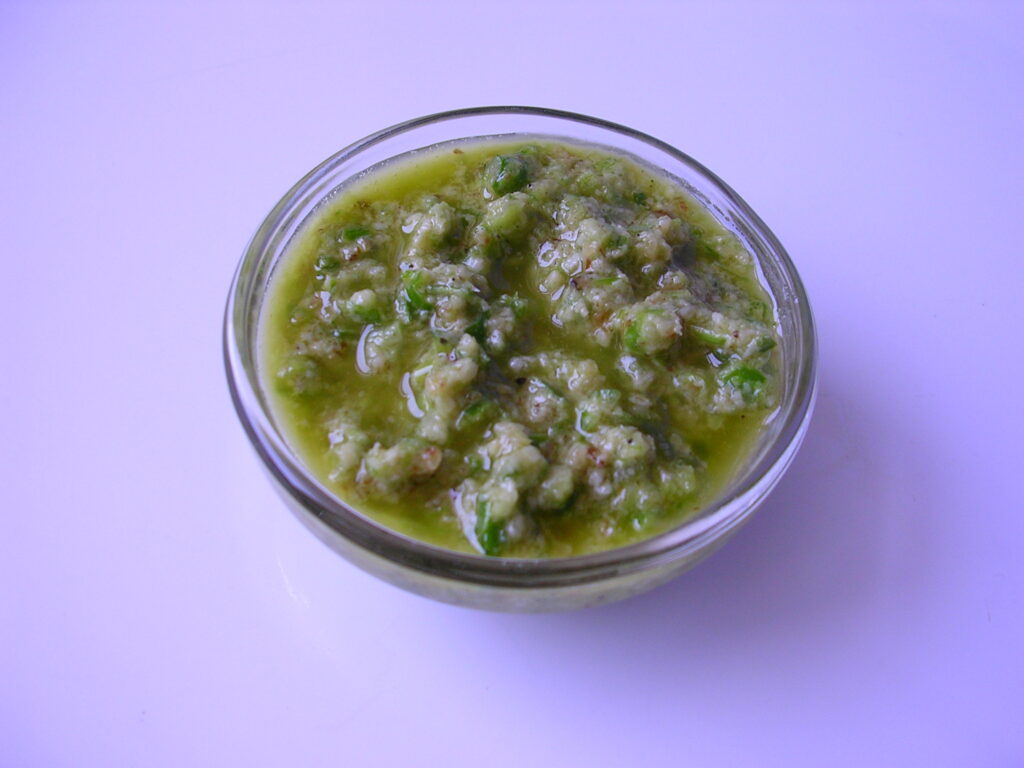 Garlic Scape Pesto
Garlic Scape Pesto German Pancakes with Fresh Fruit
German Pancakes with Fresh Fruit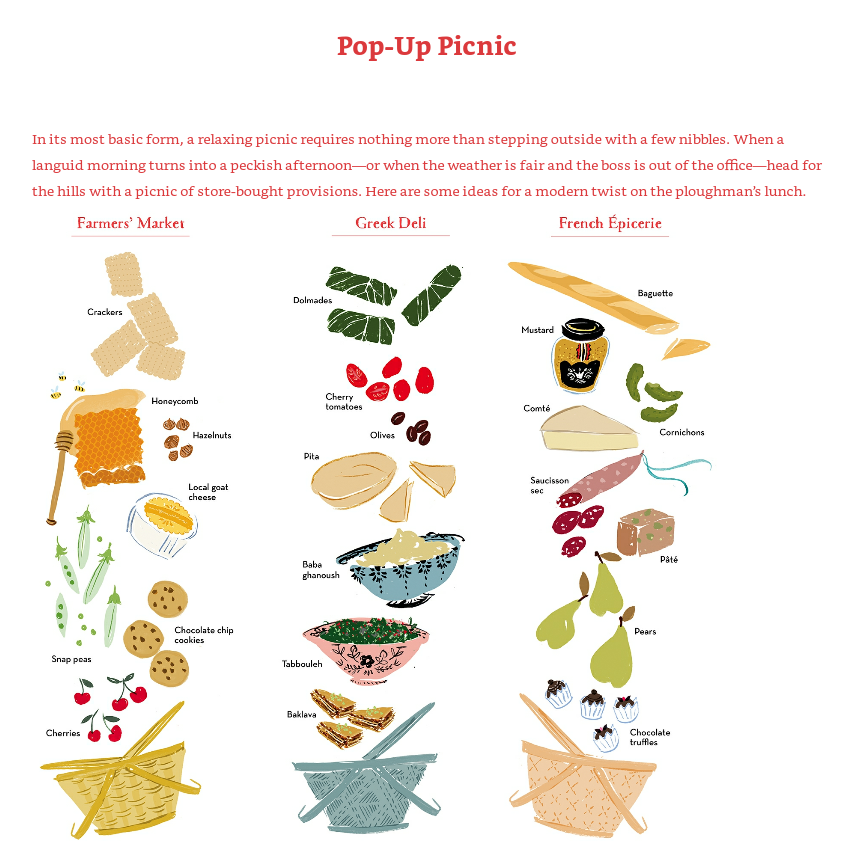
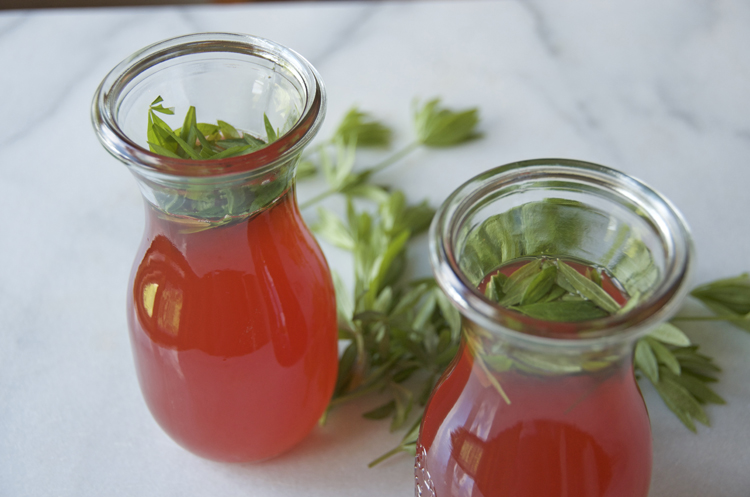 Rhubarb Sweet Woodruff Syrup
Rhubarb Sweet Woodruff Syrup